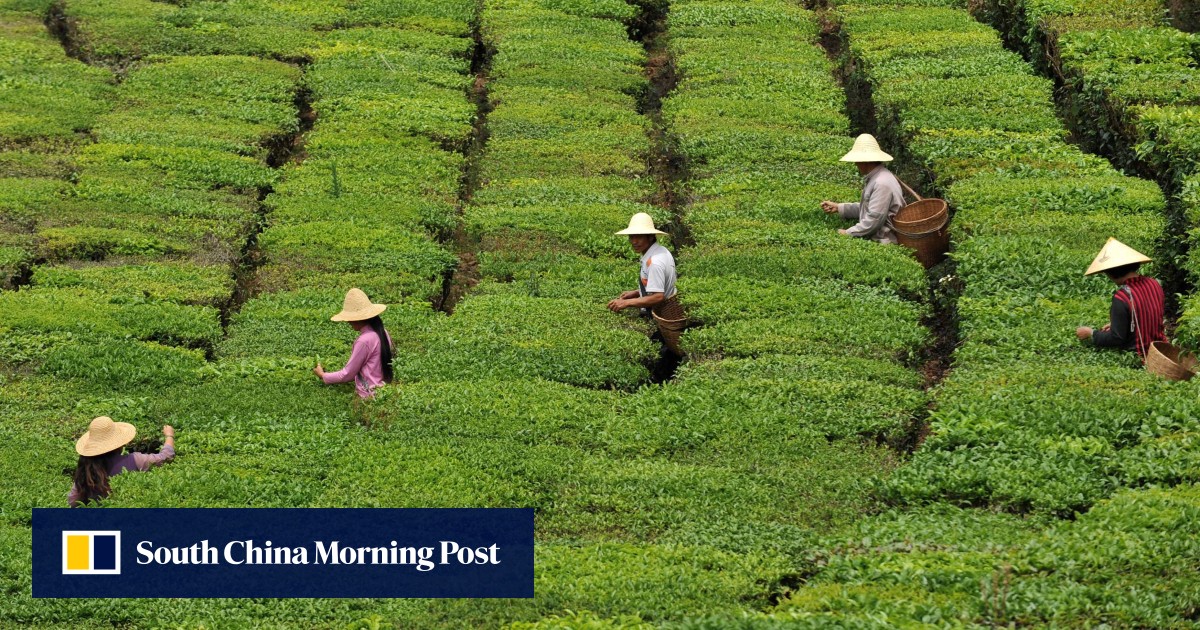
Aromatic infusions of fermented and aged Puer tea have been popular in China for centuries, but later generations of enthusiasts came to value its investment potential even more, dubbing it a “drinkable antique”.
Advertisement
Chinese entrepreneurs and members of the country’s growing middle class long regarded the tea, produced in Yunnan province, as a wealth preservation investment rivalling stocks and real estate, but the market has come off the boil recently as the economy slows and investor appetite wanes.
The Puer tea market has been much more volatile this year, with prices for most premium products – once treated as hard currency by speculators and collectors – plummeting to their lowest levels since 2019.
Despite wide variations across brands and vintages, the prices of nearly all Puer teas have fallen.
A standard unit (around 15kg) of the Xuan Yuan series produced by leading Puer brand Dayi – known as Tae Tea in English – sold for around 70,000 yuan in 2017, surged to nearly 1.88 million yuan in 2021, fell back to 1.08 million yuan in early 2023, and crashed to 380,000 yuan (US$52,922) in June this year as the speculative bubble burst.
Advertisement
Analysts say that the slump in Puer tea mirrors China’s broader economic strains: a weak economy, thinning corporate profit margins and a sharp pullback in business gift-giving. Amid fiscal belt-tightening and a stricter anti-corruption campaign, officials have also grown wary of conspicuous consumption.


